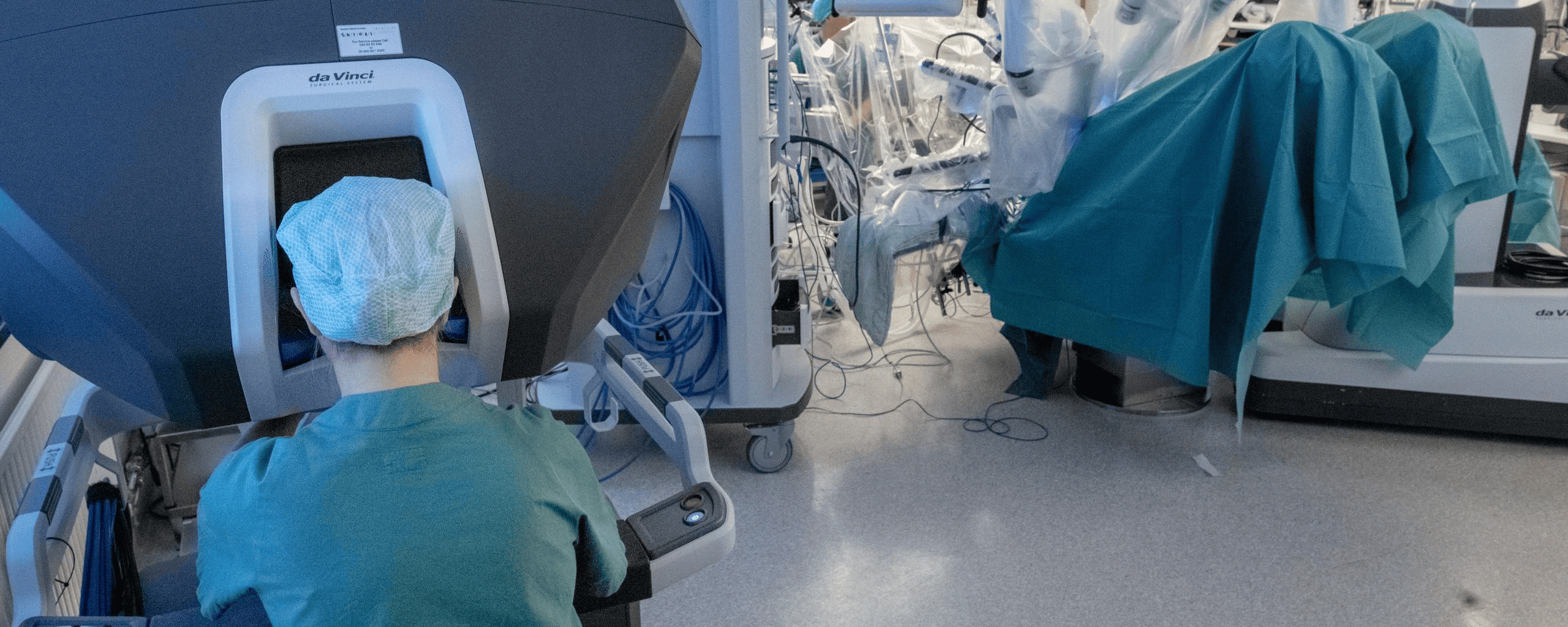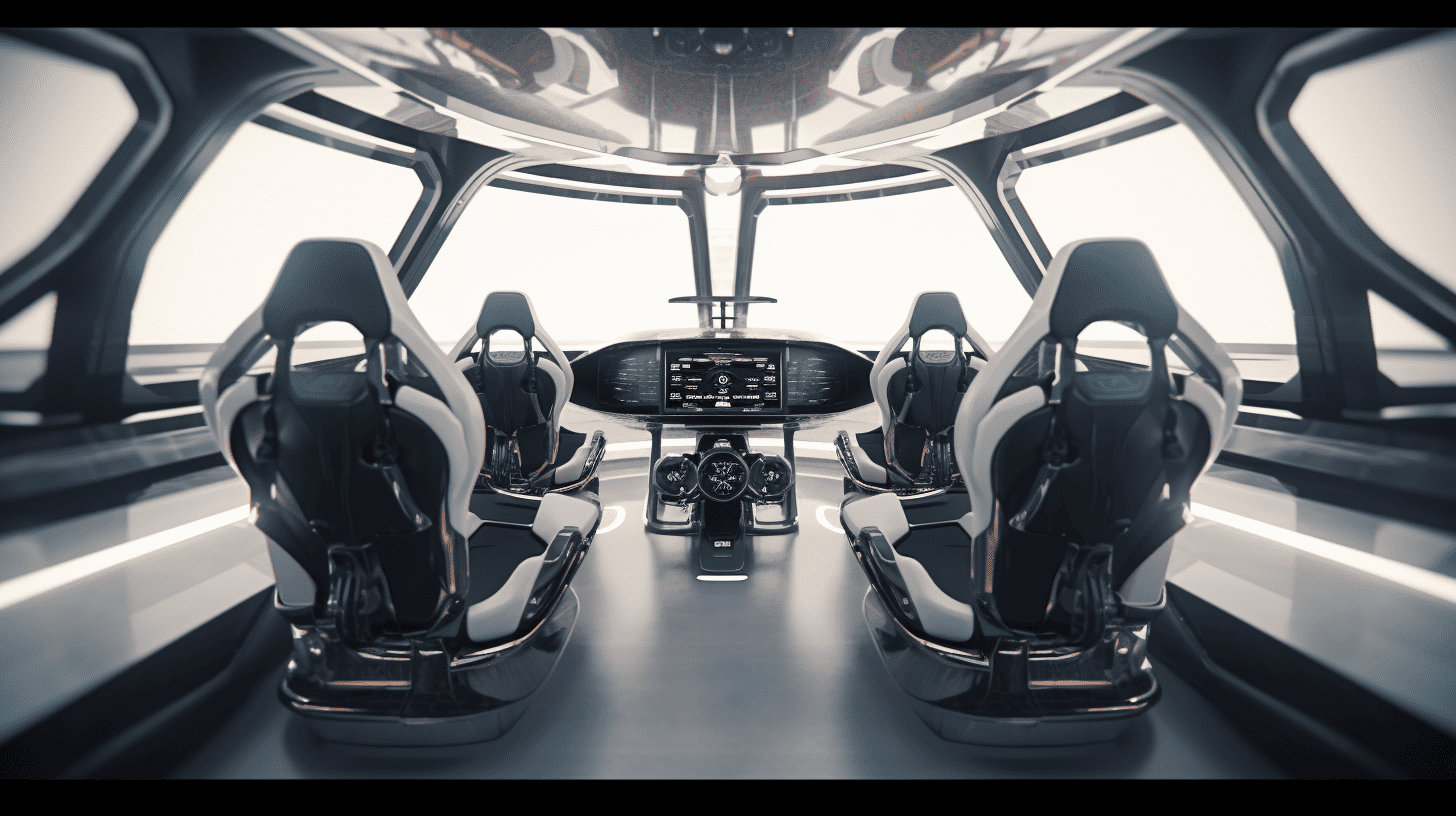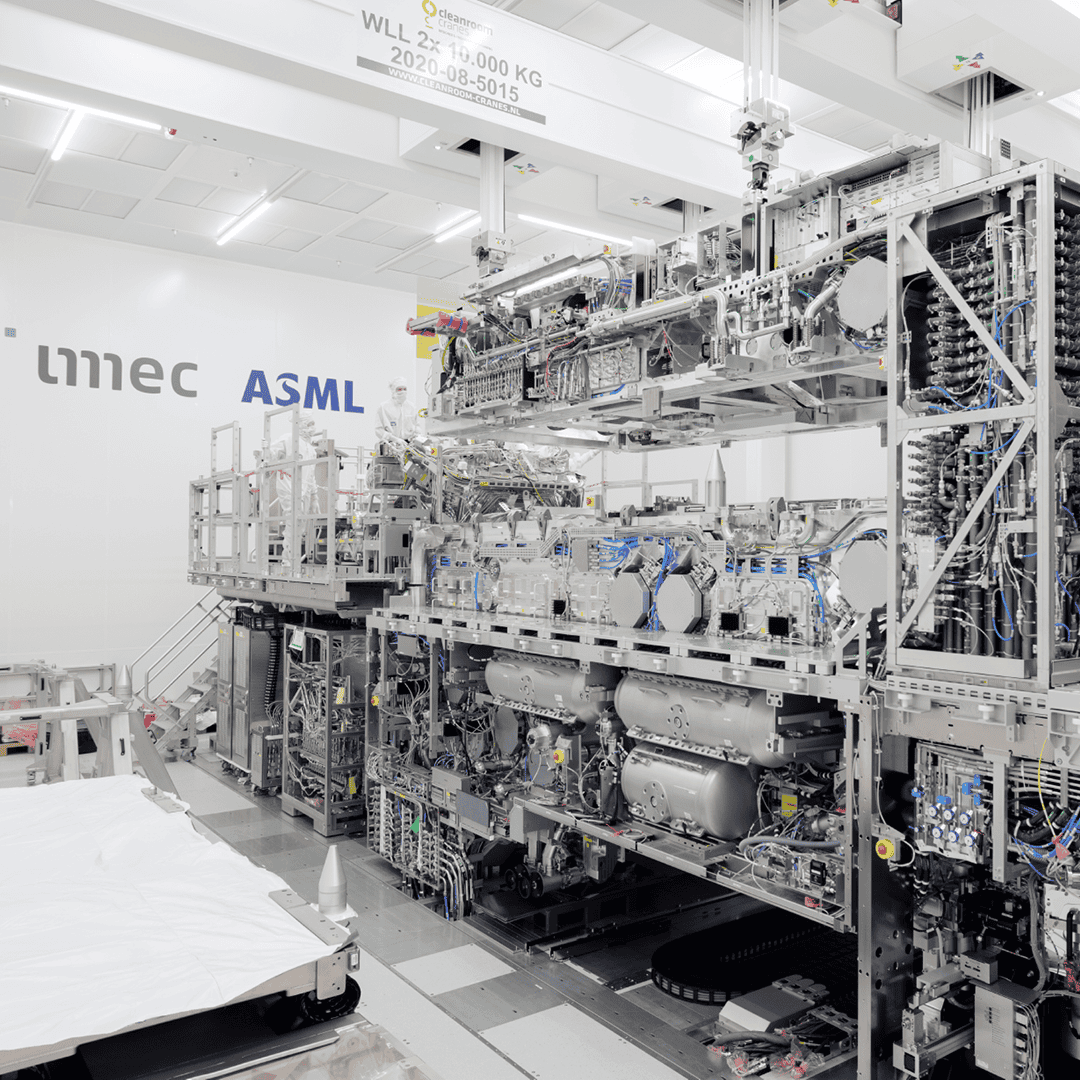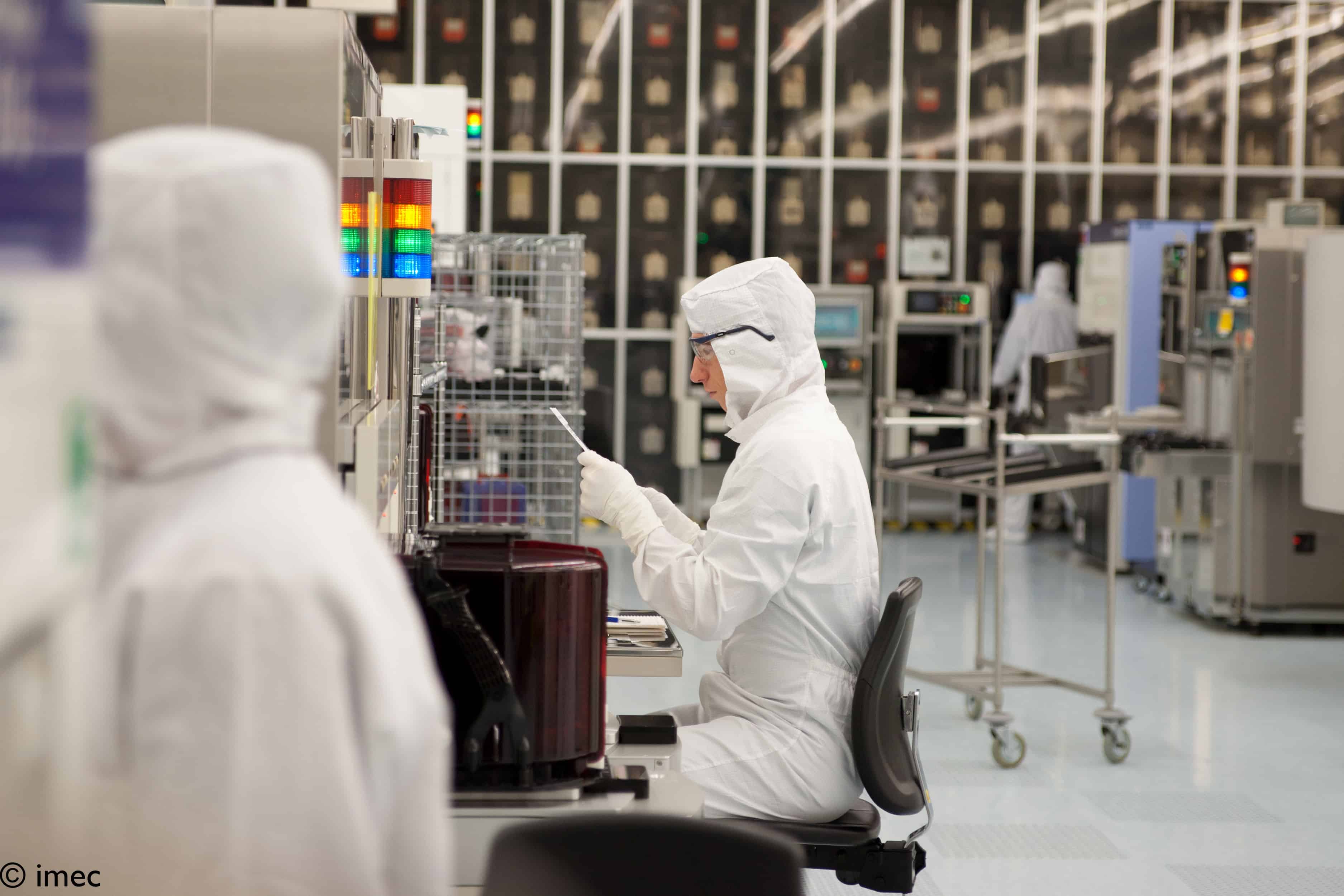
The future of urban mobility is just around the corner; Steel E-Motive, developed by consortium WorldAutoSteel, is a hyperrealistic, driverless vehicle that can navigate the labyrinthine streets of megacities. It is designed to be manufacturable as soon as 2030, “and it is the ideal solution for large metropolises that are running into the limits of their mobility”, says Cees ten Broek, Director at WorldAutoSteel.
- Steel E-Motive is a realistic concept vehicle that might transform urban transportation
- WorldAutoSteel’s collection of materials and techniques of the vehicle helps create a new generation of sustainable vehicles that significantly reduce CO2 emissions
- Steel E-Motive contributes, among other things, to the reduction of production emissions
Picture this: bustling megacities across the globe, brimming with people using efficient and sustainable transportation options. In entirely autonomous vehicles, people work carefree on their laptops. We all have had these daydreams about future mobility in smart cities, and we have seen fantastic artist impressions about flying cars and driverless taxis. “But at some point, you need to be realistic, and you want to come up with a realistic vehicle concept that meets the requirements. That’s exactly what we are working on”, says Ten Broek.
The project is a collaboration led by WorldAutoSteel, the automotive group of the World Steel Association, comprised of eighteen member companies – you’ll recognize Tata Steel, ArcelorMittal, and voestalpine – in partnership with Ricardo. The consortium aims to contribute to the dialogue about what transportation in smart cities will look like. One of the critical aspects is the vital role of steel in bringing about a future of emission-free transportation.
Steel E-Motive’s features
Steel E-Motive is a ride-sharing service that boasts Level 5 autonomy, meaning the vehicles do not require human attention. “Our current concept includes a car capable of transporting four passengers. We also have a concept ready for a larger, six-passenger car”, says Ten Broek. “The vehicles are designed to last a long time. They are fully electric and meet all safety and energy efficiency requirements.”
Ten Broek explains: “Passenger cars are required to protect occupants and road users in a high-speed collision with another vehicle or stationary object. The batteries in electric vehicles also need to be protected to prevent combustion and release of hazardous gases. Standard test protocols are defined for frontal, side, and rear collision events and vehicle roll-over protection. Despite Steel E-Motive being fully autonomous without direct human operation, it is designed to comfortably meet these crash test requirements.”
The interior of the vehicle is different from a regular car. They have no center pillar or steering wheel. “It’s more like a train compartment. You can do all sorts of things with the interior; plug in your laptop to get to work, for example.” A flexible, open cabin space enables creative possibilities in passenger comfort and interior vehicle design.

Affordable, sustainable and efficient
Steel E-Motive will improve the current transportation system in various aspects. That is necessary; Our current car transportation system is far from efficient. For example, cars are parked more than ninety percent of the time. Besides, people mostly drive alone in their multiple-person vehicles. “However, with Steel E-Motive, we can achieve a much higher utilisation rate, resulting in a significant increase in traffic throughput within cities”, Ten Broek continues. And there is some good news regarding ride sharing; Most people (70 percent) are willing to use shared autonomous shuttles with up to three other travelers, according to a new survey by McKinsey & Company.
And there are more advantages. As part of its mission, WorldAutoSteel is now launching the first results of its program and will communicate this across the globe. Most of the proposed materials and manufacturing technologies are available or will be available by the target date of this concept, e.g. 2030. By utilizing existing resources, manufacturers can create cost-effective vehicles
The Steel E-Motive concept also contributes to sustainability efforts by reducing emissions. This is achieved by minimising material thickness and maximising material utilisation, significantly reducing production emissions.
Collaboration is key
Even though the project is far from being finished, over the past few years, the consortium has already demonstrated what can be achieved when you have a close-knit team working towards a goal. Ten Broek: “We started this program two months before Covid broke out. Normally, we would have conferences with large technical drawings on the walls to excite people.” Due to Covid, everything went differently. “Yet, we managed to create a superb concept nonetheless and that’s great.”
Sharing knowledge about the concept vehicle is currently high on the agenda. The consortium won’t produce the car themselves. “But our members talk with automobile manufacturers and visit technical universities and other institutions passionate about this pioneering project. In this way, we aim to contribute to the dialogue on how future cities will shape up.” Engineering students from Tecnológico de Monterrey were invited to participate in a competition to design the exterior styling of the vehicle, and students from Michigan Technological University have been supporting the development of Steel E-Motive.
The future is near
The concept of shared mobility is on the rise. By 2025, passenger vehicles in Europe and North America will become highly automated or capable of self-driving on highways with level-three and level-four automation features. This could make major urban areas like Beijing, London, and New York top markets for shared autonomous vehicles. By 2030, this segment has the potential to make as much as $1 trillion in earnings. “Our concept could hit the streets sooner than you think”, Ten Broek is convinced. “More than a hundred megacities worldwide face significant organizational challenges, and that’s what makes them the prime candidates for testing.”
It is now a matter of time to see who will take the first step to implement sharing pods on a large scale. “If, at some point, a neighborhood in a large city is designated for large-scale testing, and if we can also incorporate a significant portion of our concept into the vehicle being used over there, then we would be more than delighted.”









